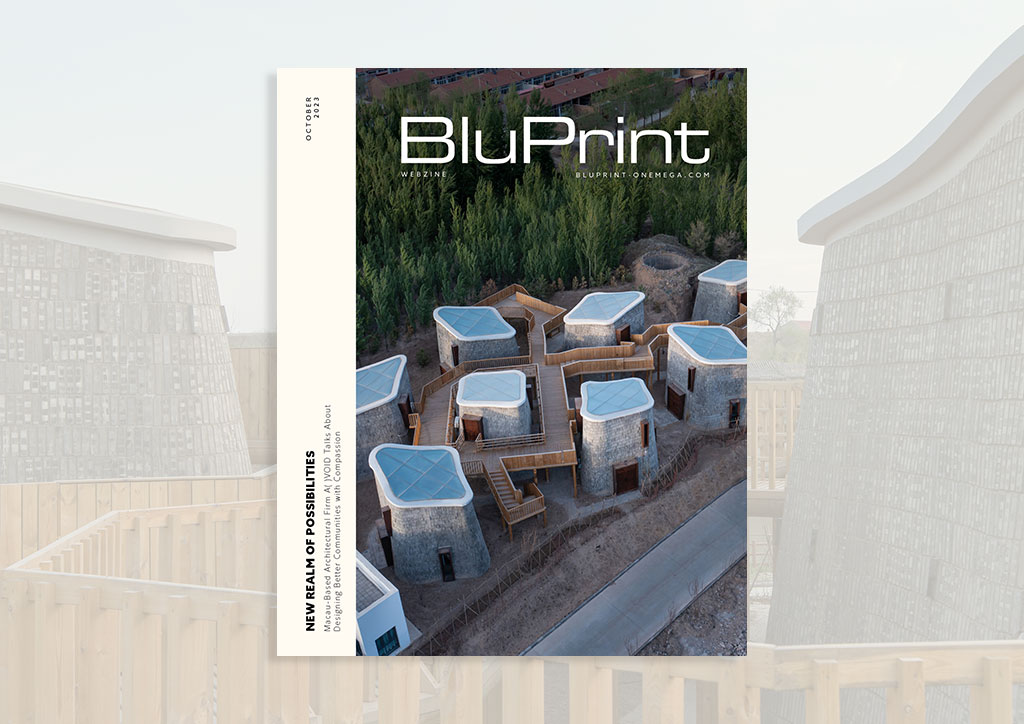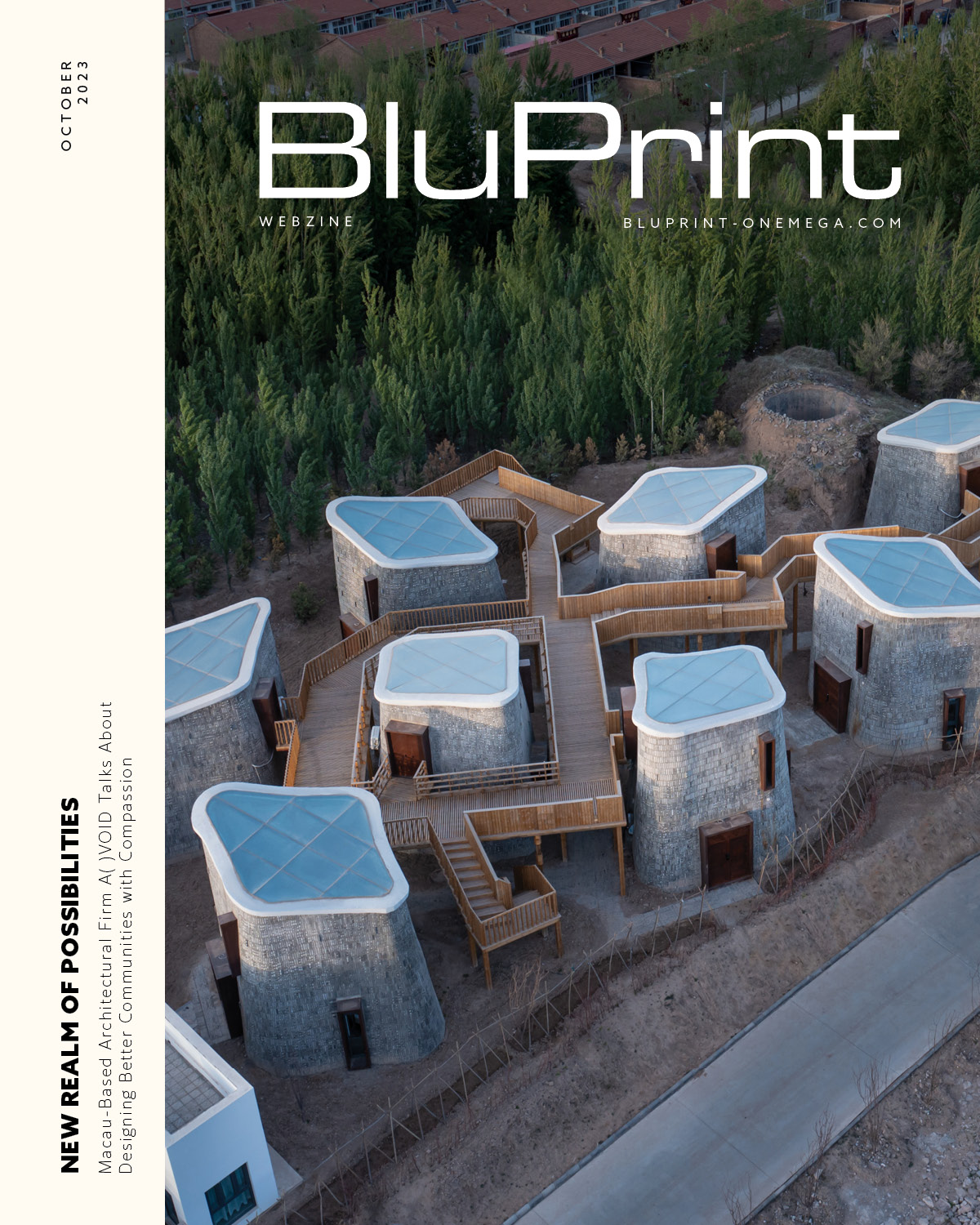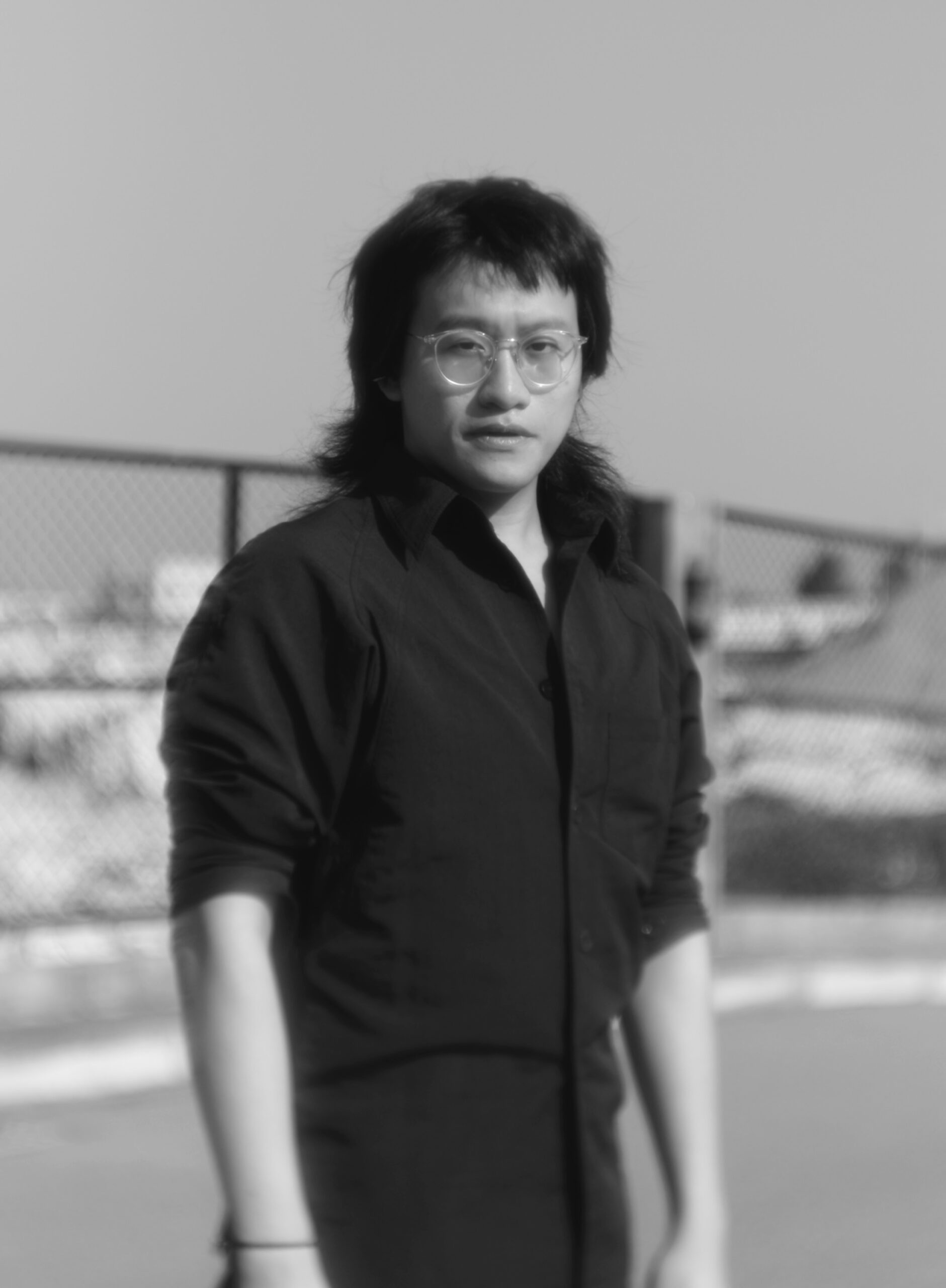
New Realm of Possibilities: The Grotto Retreat Xiyaotou by A()VOID
What is the ideal urban plan in the modern age? Ideally, a good urban plan should be one that promotes health in different perspectives, should be environmentally sustainable, has affordable housing, and should be a people-oriented space where socialization and community-making further build up the area and its people. Curitiba in Brazil for one is a great example of well-done urban planning that other cities can mimic as it accommodates various functions and adapts to new changes over time, presenting a compassion towards its residents. At most, this compassion and kindness towards neighbors should be the coat that shines over a built community. From urban planning designer Yun Hon’s perspective, kindness is an essential aspect of being a designer who leaves an impact that can change not just perspectives, but entire design plans too.

“This empathy forms the foundation for resonant designs that prioritize inclusivity and positive influence,” he says. “Kindness in design transcends mere comprehension, generating solutions that enhance well-being. The designer’s true potency lies in their capacity to cultivate empathy and shape a compassionate future.”
Yun Hon and A( )Void: Creating a Positive Impact on Community Development
Founder of A()VOID, a Macau-based studio, Yun Hon is a designer who explores the possibilities of urban and rural transformation in the context of a post-colonial city. A graduate of the Chinese University of Hong Kong where he received his bachelor’s degree in Architecture, he learned about transitional Chinese ruralism during his stay at Zhao Yang Architects where he also conducted conceptual experiments on cross-scale regionalism via various media (including but not limited to graphics, architecture, multimedia, urbanism, and interior design).

His love for architecture didn’t start off in just a snap of a finger. He admired architects like Louis Khan, fashion designer Yohji Yamamoto, and architect Remnant Koolhaas who helped A( )Void present a design approach that integrates randomness and surprise across different facets of a project. The company intentionally introduces controlled chaos and is a space where everyone is encouraged to partake in this dynamic process so that challenging exchanges are created. It’s because of this dynamic energy that the studio has created projects like The Grotto Retreat at Xiyaotou.
12.jpg)
Privacy and Connection Combined
The Grotto Retreat in Zhangjiakou is a rural revitalization project that was one of the 12 winning designs for the 2018 FA Emerging Architect Award. In its design is a stark contrast in social structures between rural villages and urban cities. The hostel has pods arranged according to a four-by-six-meter grid based on the length-to-width ratio of the original cave houses. As organic forms that are irregularly placed, they harmonize with the surroundings’ innate characteristics. Each unit also rises to heights of seven meters and showcases curvilinear walls composed of a double layer of gray brick.
21.jpg)
29.jpg)
“The hostel serves as a catalyst for economic and social revitalization, offering accommodations, local cuisine, and a range of activities to attract visitors and create sustainable livelihoods for the local population.” Yun Hon explains, “Through its thoughtful design and integration with the surrounding context, the project aspires to contribute to the preservation of cultural heritage while embracing contemporary architectural expressions.”
The radical contrast between rural and urban interpersonal networks initiated the design and reinterprets the indigenous cave dwellings of the site as vertical “grottos”. These interlinking private grottos show a flow of connectivity and aspires to actualize a community where the public and private spaces seamlessly coexist. Coexisting is further emphasized through a wooden bridge elevated on pine columns and flows between the private grottos. This bridge also connects the entrance at the first-floor level. Physically and metaphorically, it’s a link that facilitates interactions and social engagements among the residents.
22.jpg)
19.jpg)
18.jpg)
17.jpg)
11.jpg)
10.jpg)
5.jpg)
6.jpg)
7.jpg)
“The design acknowledges the stark contrast in social structures between rural villages and urban cities.” Yun Hon explains, “In cities, although the density is high, people often feel more alienated from one another. On the other hand, in villages, despite the lower density, there is a strong sense of closeness and kinship among community members. To represent this tension arising from the contradictory duality, we have juxtaposed private grotto pods with a connecting foot bridge. This architectural configuration visually depicts the contrasting dynamics between privacy and connectivity. Henceforth, it might create the room for critical thinking to review present rural and urban development.”
Irregular openings are also scattered across the pods to showcase a deliberate playfulness. The doors and windows also feature pre-weather steel reveals, creating a striking contrast against the natural patina of materials while adding a touch of contemporary.
A Natural and Sustainable Design
The grotto prioritizes sustainability and climate responsiveness. With double-layered brick walls that provide excellent thermal mass, the walls are able to retain warmth during the colder months while maintaining a comfortable indoor environment. To maximize ventilation, the structures were shaped and strategically positioned while utilizing the chimney effect to efficiently release heat during the summer. The bricks used were repurposed from neighboring villages that had been demolished. The wood for the footbridges was also sourced from nearby states. Expansive skylights are also incorporated as a passive design element for enhanced heat absorption during the day while serving as illumination.
27.jpg)
34.jpg)
35.jpg)
24.jpg)
25.jpg)
26.jpg)
“Our aim was to create an aesthetic that transcends time, ensuring that the design remains relevant and sustainable for generations to come. By combining these sustainable practices with enduring aesthetics, we strive to create architectural solutions that can stand the test of time while being environmentally conscious.”
The hostel itself is part of a larger program aimed at the revitalization of urban villages in China that experienced depopulation due to migration to newer residential areas. By transforming these abandoned villages into vibrant hubs, the program brings new life and rejuvenates local communities.
RELATED READ: Bridging Architecture with Spirituality: The Our Lady of Lourdes Chapel by Hiroshi Nakamura & NAP
CREDITS
Text Shan Arcega
Photography and Video Gou Zhe
Video Editor Grant Babia
Art Direction Patricia Oliveros
Sittings Editor Geewel Fuster


